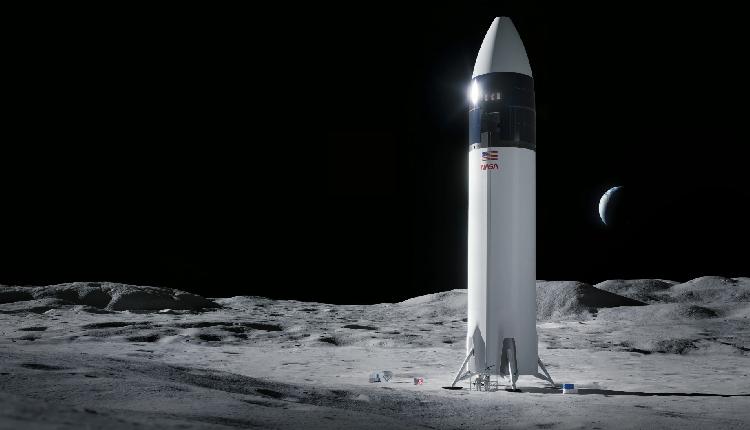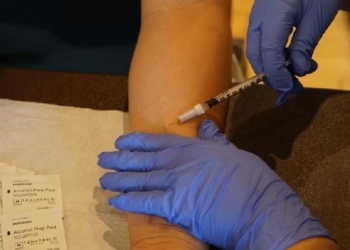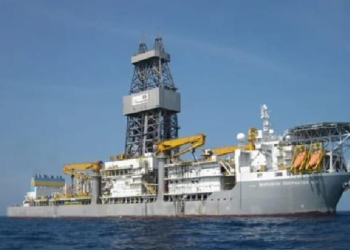Washington: NASA’s Artemis III mission which aims to return astronauts to the moon for the first time since 1972, may not launch in 2025 earlier planned, but in 2027, according to a report by the US Government Accountability Office (GAO).
NASA aimed to return humans to the moon to maintain US leadership in space exploration and prepare for future missions to Mars by 2025.
However, the GAO report identified several gaps in its human landing system and spacesuit design, among others, which will not be complete before 2027.
“NASA and its contractors have made progress since our last report on the Artemis missions, but they are still facing challenges with developing the lunar lander and space suits,” the report said.
“For example, some flight tests have been delayed, which could affect the timing of subsequent tests. And a significant amount of complex work remains. As a result, we found that the lunar landing mission is unlikely to occur in 2025 as planned,” it added.
The delay is also likely to push back subsequent Artemis missions, with Artemis 4 currently planned for 2028, followed by Artemis 5 through 7 expected to transpire annually starting in 2029.
To understand NASA’s preparation, GAO assessed the agency’s data, documentation, and policy; analysed contract documentation, contractor risk charts, and technology maturation plans and also interviewed NASA officials and industry representatives.
The challenges identified by GAO include an ambitious schedule of the Human Landing System programme, which aims to complete in 79 months, which is 13 months shorter than the average for NASA major projects.
“The complexity of human spaceflight suggests that it is unrealistic to expect the programme to complete development more than a year faster than the average for NASA major projects, the majority of which are not human spaceflight projects,” the report said.
GAO said “that if development took as long as the average for NASA major projects, the Artemis III mission would likely occur in early 2027.
Further, the report said that the lander also had delayed eight of 13 key events by at least six months. Two of these events have been delayed to 2025 — the year the lander is planned to launch.
The delays were caused in part by SpaceX’s Orbital Flight Test, which was intended to demonstrate certain features of the launch vehicle and lander configuration in flight.
The upper stage of SpaceX’ Starship, will serve as the human landing system for Artemis 3, transporting two astronauts to the lunar surface.
A large volume of work remains, including developing the ability to store and transfer propellant while in orbit by SpaceX to support the Artemis III lunar landing mission.
Another is spacesuits design challenges by Axiom, responsible for developing Artemis 3 moonsuits. NASA’s original design did not provide the minimum amount of emergency life support needed for the Artemis III mission.
As a result, Axiom representatives said they may redesign certain aspects of the space suit, which could delay its delivery for the mission.
Through Artemis III, NASA aims to land the first woman and the first person of colour on the Moon, paving the way for a long-term, sustainable presence and serving as a gateway for future astronaut missions to Mars.
(IANS)















